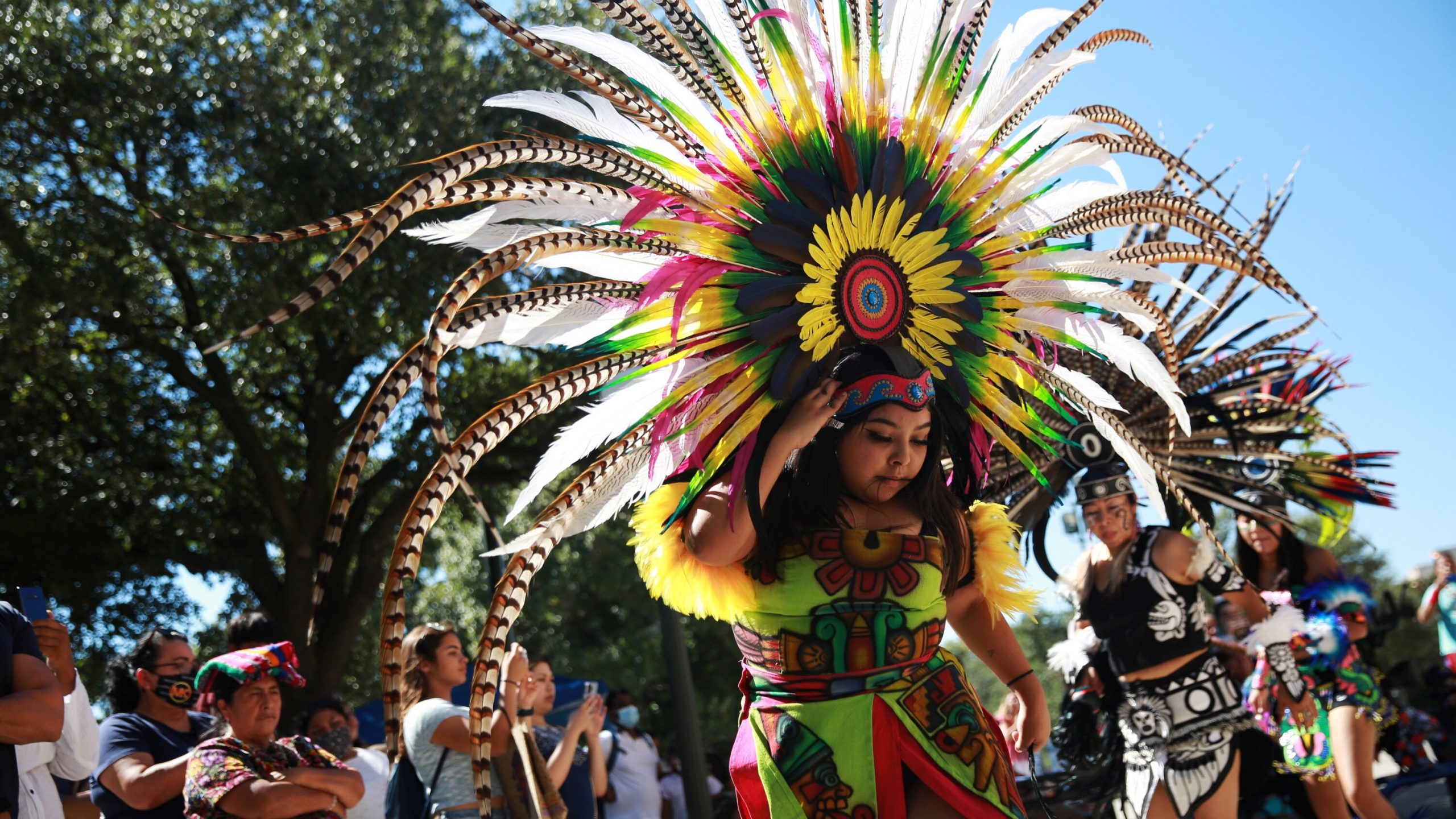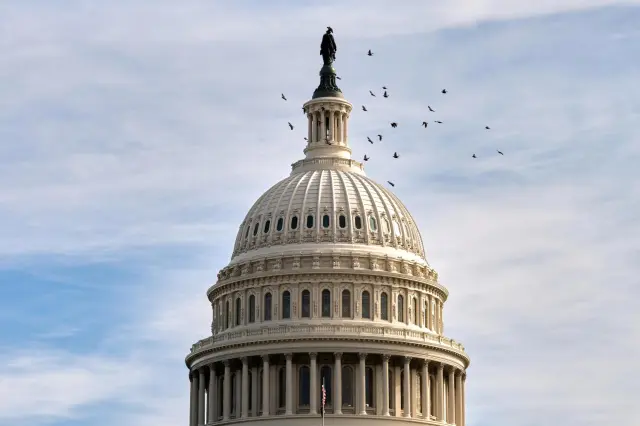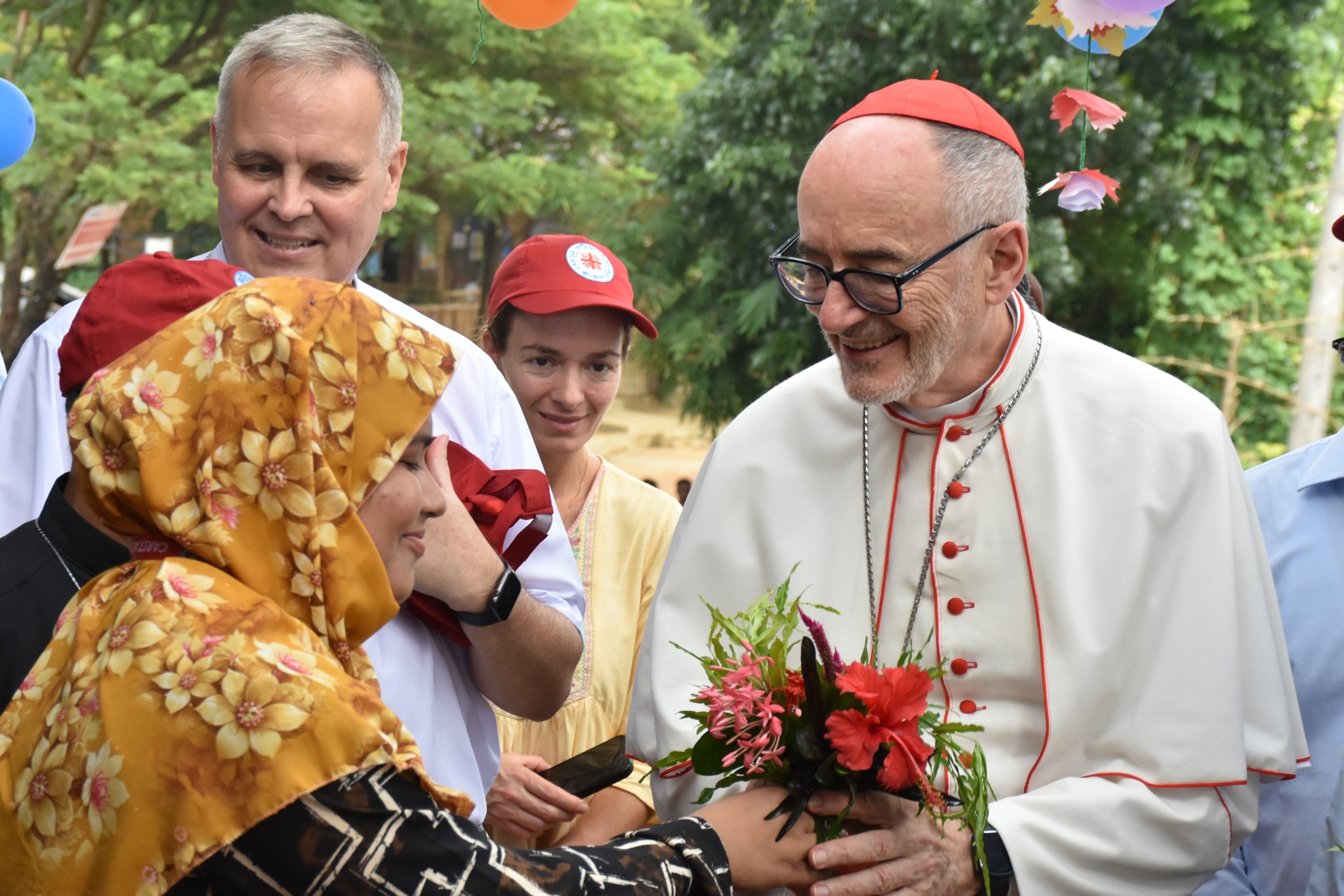INDIGENOUS PEOPLES DAY MARKED WITH PRIDE AND PRAGMATISM

Festivals, reflection, and outreach
Cities across the United States observed Indigenous Peoples Day with sunrise ceremonies, markets, dances and educational programs on October 14. Organizers emphasized celebration as well as public education after a bruising political year. In San Francisco and Seattle, powwows and performances highlighted language revival and youth leadership. In the Midwest and East Coast, museums and tribes held teach-ins about treaty rights and representation. Many communities invited non-Native neighbors, stressing shared stewardship of land and water. The day also carried a pragmatic tone: coalitions are pushing for concrete measures—funding for health care, housing, and the return of culturally significant lands.
Policy momentum and debate
Momentum continues to grow for replacing Columbus Day outright, though adoption remains patchwork. Educators used the holiday to expand curricula on Native history beyond a single lesson, advocating year-round integration. Tribal leaders pointed to wins—stronger legal protections for sacred sites and better consultation on infrastructure—but said implementation lags. Some events addressed climate impacts—from wildfire smoke to water access—that disproportionately affect Native communities. Speakers balanced joy with realism: cultural survival is vibrant, yet services are underfunded and legal fights persist. The day’s larger message was forward-looking: celebrate identity, deepen alliances, and turn visibility into policy.




















